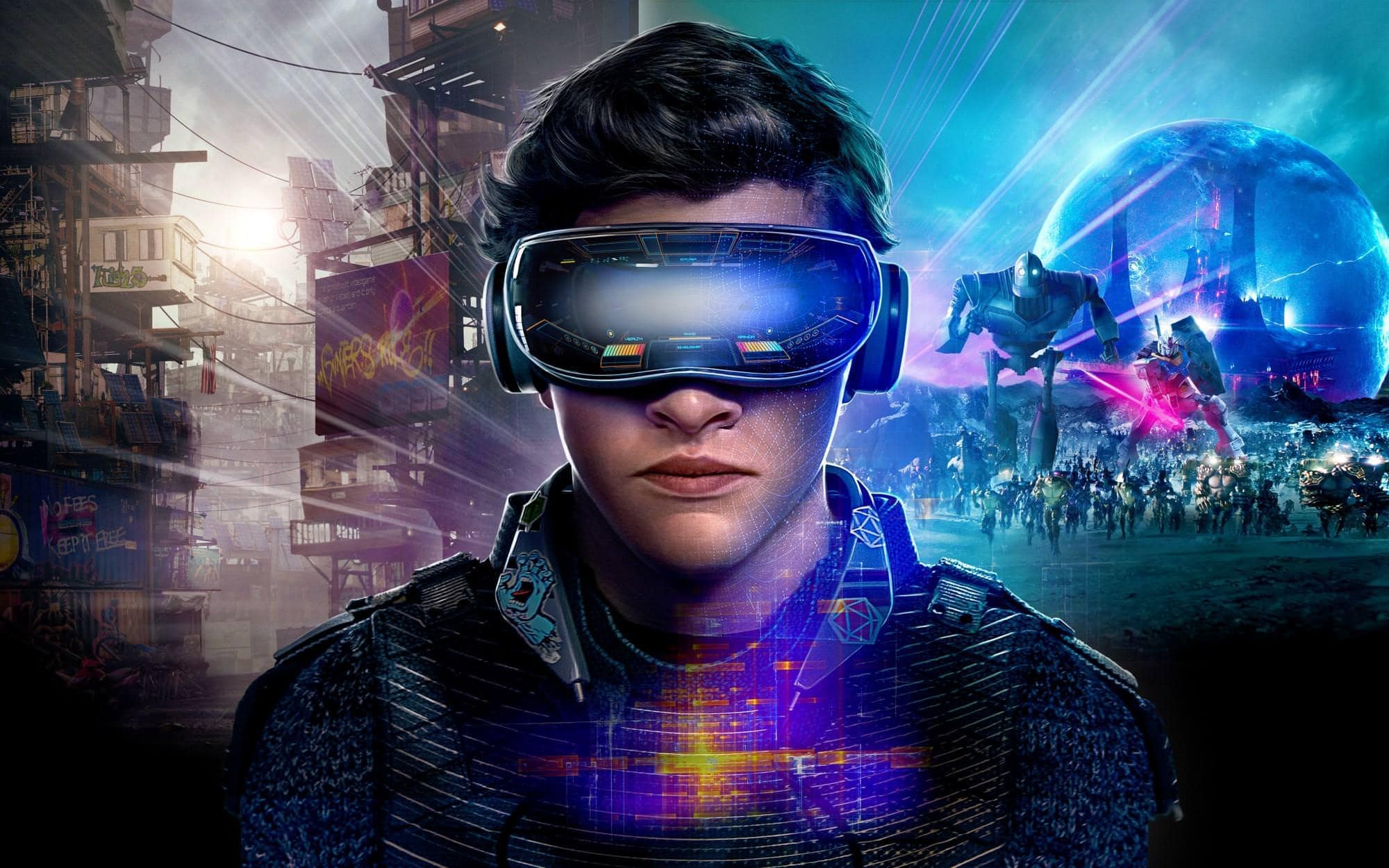Virtual Reality and the Holodeck: A Science Fiction Dream or a Future Reality?
The holodeck is a concept that has captured the imagination of science fiction fans for decades. Originally appearing in the Star Trek: The Next Generation television series, the holodeck is a virtual reality simulation room that can create holographic environments and characters for the purpose of training, entertainment, or other purposes.
But could such a technology ever be possible in the real world? And if so, what would it take to create a functional holodeck like the ones depicted in Star Trek: The Next Generation?
To answer these questions, it's important to first understand the current state of virtual reality technology. While VR has come a long way in recent years, there are still significant limitations to what it can achieve. Currently, VR systems can create fairly realistic and immersive virtual environments, but they are still limited by the fact that they are essentially just computer-generated graphics displayed on a screen. They can't create real, physical objects or environments that users can interact with in a realistic way.
To create a holodeck that can create fully interactive holographic environments and characters, we would need to make significant advances in a wide range of technologies. This would include computer science, artificial intelligence, robotics, and materials science, among others. We would need to develop the ability to create realistic holographic objects that can respond to a person's movements and thoughts in real time, as well as the ability to manipulate light and matter at the molecular level to create the illusion of a fully physical environment.
It's clear that achieving these technological feats would be a monumental task, and it's likely that we are still many years away from seeing a fully functional holodeck. However, it's not out of the realm of possibility that some aspects of holodeck technology could be developed in the future. For example, it's possible that we could see the development of more advanced VR systems that can create more realistic and interactive virtual environments, or the creation of new materials and technologies that allow for the manipulation of light and matter on a small scale.
In the end, the holodeck remains a science fiction dream for now, but it's not impossible that we could see some aspects of this technology become a reality in the future. As always, the future of technology is difficult to predict, but it's certainly an exciting prospect to consider.

Comments
Post a Comment